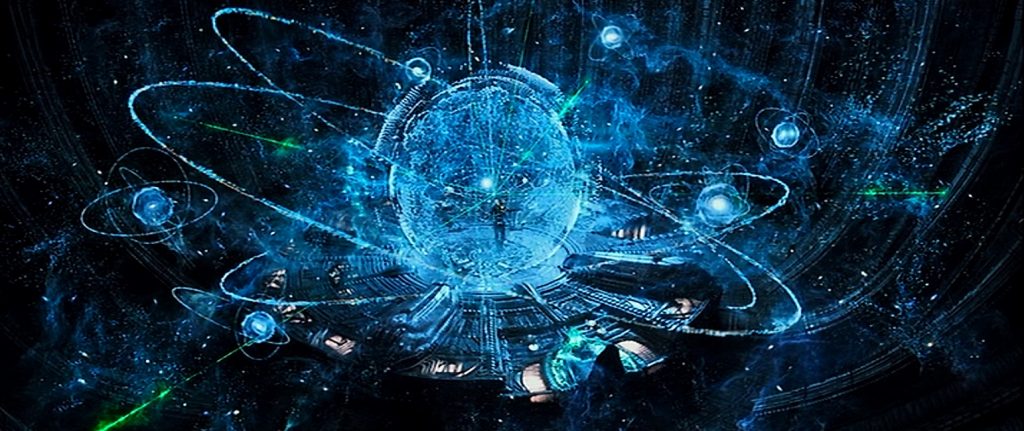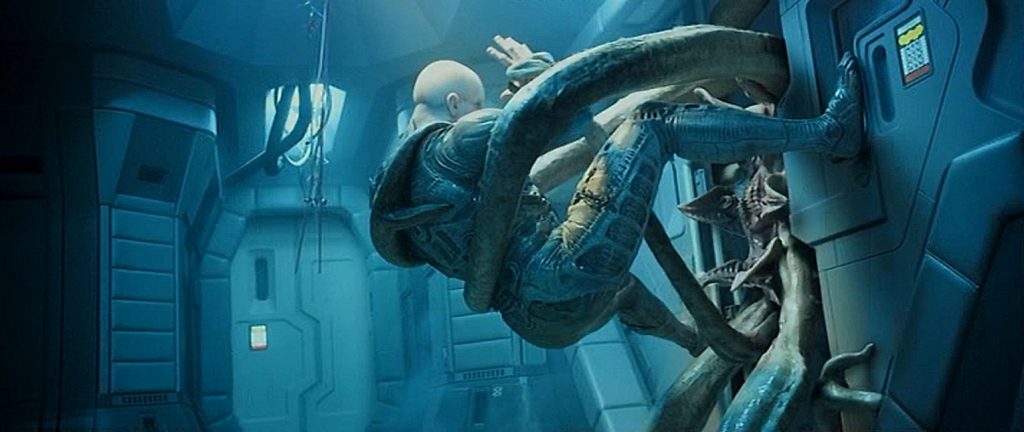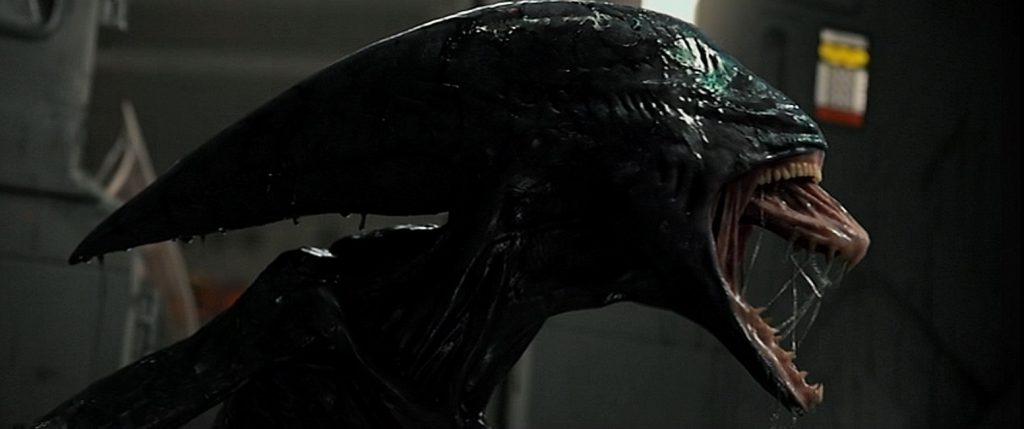



Prometheus – 2012

This was a movie that had the potential to be really good, but because, in part, of the visual effects, it fell a little flat. But I’m certainly not going to blame the visual effects artists. They did their jobs well. It was the poor script that was the real problem. The VFX teams were just doing what they were told, but were they really told to ignore a ton of important details? And you can’t earn an Oscar nomination for Best Visual Effects based solely on the design of the CG on the screen.
When you look at the effects on their own merits, they were just fine, I suppose, but I had to roll my eyes at some of the things taking place. Granted, this is a sci-fi/horror movie, so, to a certain extent, they got to make their own rules about what was realistic and what was not. But when, for example, at the climax of the film, a little squid creature had grown to the size of an adult elephant, in only a matter of hours mind you, with no food source or way to gain mass, my eyes rolled. It had just magically grown in size and strength with no explanation. It shifted the nature of the film from sci-fi to fantasy. Sure, it may have looked cool, but it made no sense. And at the end of the movie, the classic Xenomorph finally makes its appearance. But instead of an appropriately sized little chest-burster, this one emerges almost fully grown, so it is nearly the same size as the host. How had it fit inside the host’s torso?
But problems with the script aside, why was this movie nominated for the Best Visual Effects Oscar? Well, for one thing, they made use of a new technology called sub-surface scattering, or SSS for short. It is basically an algorithm that gives us vastly more realistic CGI skin. This was a technique that was first used in the 2009 film, Avatar, but here the technology has been advanced to a much more effective point. When creating a digital model, lighting is very important. If light strikes someone’s skin and simply bounces off, there is a danger of the skin looking too much like plastic. Real skin is partially translucent and doesn’t work that way. SSS allows digital light to penetrate the digital skin and scatter, creating more realistic flesh. The CGI alien Engineers looked perfect, so I’ll give them that. I thought they were actors in makeup and prosthetics.
There was a scene where a holographic 3D star map filled a room and a live actor was able to interact with it. There were a number of creature effects like the squid-like trilobite that is surgically removed from a woman’s uterus, or a cobra-like alien called a Hammerpede that attacks a man, breaks his arm, and then slithers into his mouth, or even a tiny worm that wriggles out of a man’s eyeball. There were, of course, spaceship effects like the Prometheus, and the alien ship, the Juggernaut. There was an intense scene in which a giant dust storm nearly kills several people, and that was exciting. The problem is that these were all effects that we have seen before. I didn’t find anything really special about them, nothing that stood out as innovative or above average. The designs of the visual effects were cool, and that counts for something, but I didn’t think they looked any better than other movies.